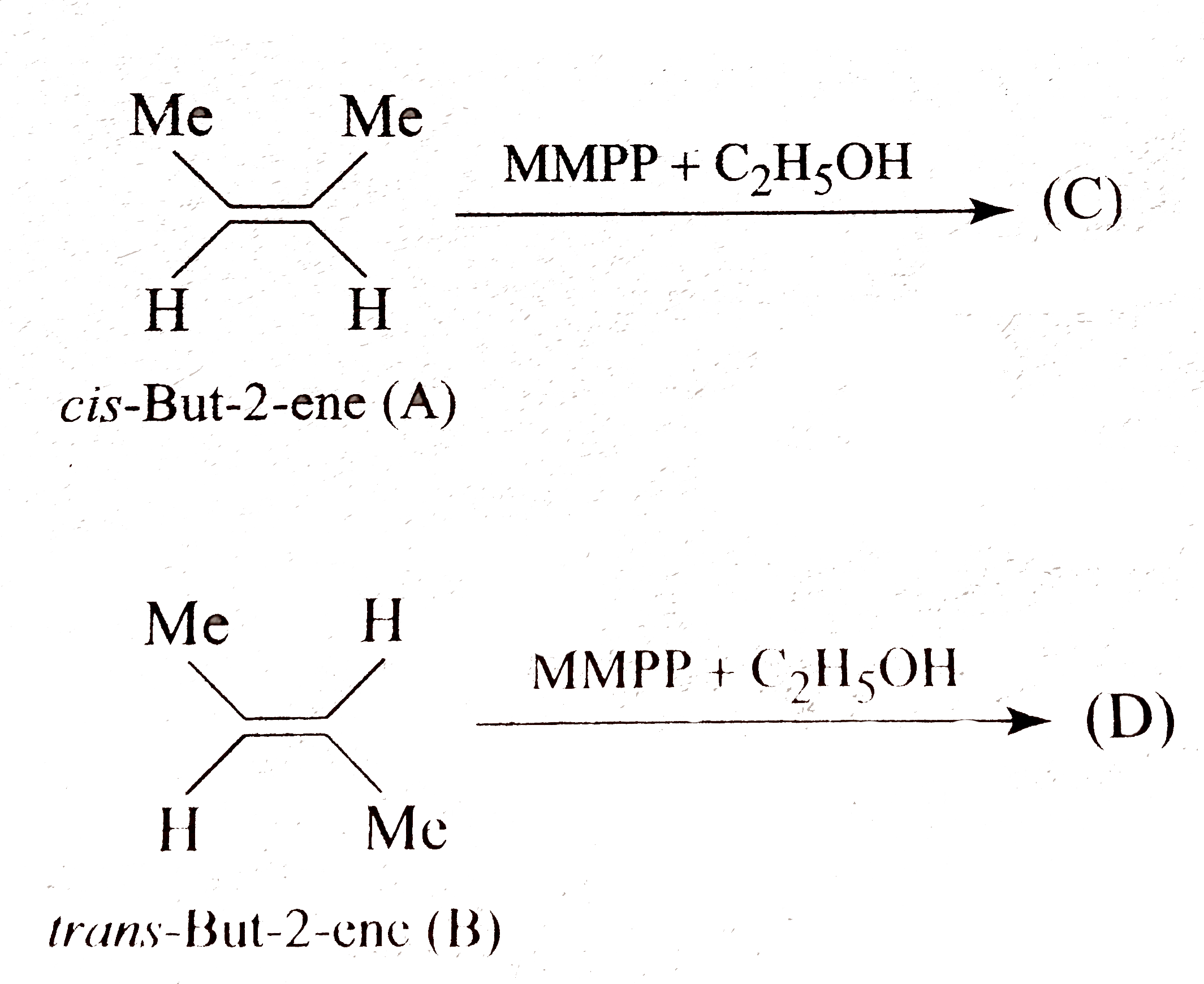, mark out the correct statement(s) Solution in Telugu
a. Equivalent wt. of Cu = 31.75
b. Equivalent wt. of
c. Equivalent wt. of
d. Balanced chemical reaction suggest that 10 equivalents of Cu combines with 10 equivalents of in order to produce CuO and 10 equivalents of
The correct Answer is:A, B, C, D
Equivalent weight of nitrogen
Topper's Solved these Questions
- BOOK - AAKASH SERIESCHAPTER - REDOX REACTIONSEXERCISE - LECTURE SHEET (EXERCISE - II) (LEVEL - II (ADVANCED)) (Linked Comprehension Type Questions)9videos
REDOX REACTIONS
- BOOK - AAKASH SERIESCHAPTER - REDOX REACTIONSEXERCISE - LECTURE SHEET (EXERCISE - II) (LEVEL - II (ADVANCED)) (Matrix Matching Type Questions)2videos
REDOX REACTIONS
- BOOK - AAKASH SERIESCHAPTER - REDOX REACTIONSEXERCISE - LECTURE SHEET (EXERCISE - II) (LEVEL - II (ADVANCED)) (Straight Objective Type Questions)15videos
REDOX REACTIONS
- BOOK - AAKASH SERIESCHAPTER - PURIFICATION OF ORGANIC COMPOUNDS AND IUPAC NOMENCLATUREEXERCISE - ADDITIONAL PRCATICE EXERCISE (LEVEL - II (LECTURE SHEET (ADVANCED) INTEGER TYPE QUESTIONS)2videos
PURIFICATION OF ORGANIC COMPOUNDS AND IUPAC NOMENCLATURE
- BOOK - AAKASH SERIESCHAPTER - REVISION EXERCISE EXERCISE - CHEMICAL EQUILIBRIUM107videos
REVISION EXERCISE
Similar Questions
The equivalent weights of oxidising and reducing agents can be calculated by the number of electrons gained or lost. The equivalent weight of an oxidising agent is the number of parts by weight of the substance which gains one electron. Thus, it is equal to the molecular weight of the substance divided by the number of electrons gained in the balanced chemical equation. Similarly, equivalent weight of a reducing agent is equal to the molecular weight divided by the number of electrons lost as represented in the balanced chemical equation
Equivalent weight of MnO−4 in acidic, basic and neutral media are in the ratio ofView SolutionMatch the redox process in Column - I with n - factor for underlined species in Column - II
 09:25View Solution
09:25View SolutionHow many mole of electrons are involved in the reduction of one mole of MnO−4 ion in alkaline medium to MnO−3 ?
03:10View Solution
How many types of functional groups are present in given compound01:06View Solution50 g CaCO3 is allowed to dissociated in 22.4 lit vessel at 819∘C . If 50% of CaCO3 is left at equilibrium , active masses of CaCO3 , CaO and CO2 respectively are
01:41View SolutionComplete the following chemical reactions.
a. PbSs+H2O2(aq)→
b. MnOө4(aq)+H2O2→
c. CaOs+H2O(g)→
d. AlCl3(g)+H2O(l)→
e. Ca3N2(s)+H2O(l)→
Classify the above into (a) hydrolysis, (b) redox and (c) hydration reactions.02:23View Solution
(C) H3O+/H2O−−−−−−−→(E)
(D) H3O+/H2O−−−−−−−→ (F)
Which of the following statements is / are correct ?05:13View SolutionThe % composition of NH_(3), H_(2)O and N_(2)O_(3) is as given below: NH_(3) rarr 82.35% N and 17.65%H H_(2)O rarr 88.90% and 11.10% H N_(2)O_(3) rarr 63.15%O and 36.85%N On the basis of above data prove law of reciprocal proportions.
07:40View SolutionIn the equation H_(2)S+2HNO_(3) rarr 2H_(2)O+2NO_(2)+S The equivalent weight of hydrogen sulphide is
View Solution2Al+N2→XH2O−−→Y+Z↑⏐⏐
Correct statement regarding YView SolutionMg3N2+H2O→
06:00View SolutionOut of N_(2) O , SO_(2), I_(3)^(+), I_(3)^(-), H_(2)O, NO_(2)^(-) and N_(3)^(-) the linear species are
03:13View Solutionनिम्नलिखित अभिक्रियाओं को पूर्ण कीजिए:
(a) PbS(s)+H2O2(जलीय)→
(b) MnO−4(जलीय)+H2O2(जलीय)→
(c ) CaO(s)+H2O(g)→
(d) AlCl3(g)+H2O(l)→
(e) Ca3N2(s)+H2O(l)→
उपरोक्त को (a) जल-अपघटन, (b) अपचयोपचय (ऑक्सीकरण-अपचयन, redox तथा (c ) जलयोजन अभिक्रियाओं में वर्गीकृत कीजिए।02:01View SolutionOut off N_(2)O,SO_(2),I_(3)^(+),I_(3)^(-),H_(2)O,NO_(2)^(-),N_(3)^(-) , the linear species are:
04:53View SolutionFor the reaction, 2H_(2)(g)+2NO(g) rarr N_(20(g) +2H_(2)O(g) Rate =k[H_(2)][NO]^(2) . This mechanism has been proposed: Step 1: H_(2)+NO rarr H_(2)O+N Step2 : N=NO rarr N_(2)+O Step 3 : O+H_(2) rarr H_(2)O Which statement about this rate law and mechanism is correct?
07:56View Solution

